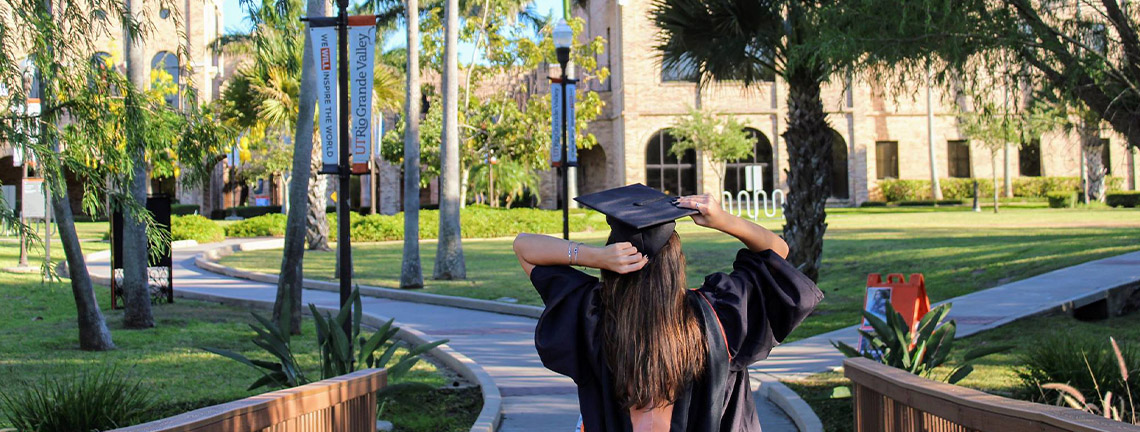
Theses and Dissertations - UTRGV
Title
THE EFFECT OF THE BLENDED LEARNING TEACHING MODEL ON ALGEBRA I STUDENTS’ ACHIEVEMENT AND THEIR PERCEPTIONS TOWARD THE IMPLEMENTATION OF THIS MODEL IN THE THEIR COURSES.
Date of Award
4-18-2023
Document Type
Dissertation
First Advisor
Jair Aguilar
Abstract
My dissertation investigates the effect of implementing the Blended Learning teaching model (BLTM) (Bonk & Graham, 2012) in Algebra I instruction and to analyzed students’ perceptions towards the use of elements of the BLTM in Algebra I instruction. My research project followed a mixed-method approach. In the quantitative part of the study, I evaluated the effect of the implementation of BLTMs to study the extent by which the use of the BLTM affects the mathematics academic performance of students. I had a treatment and a comparison group. The treatment group was exposed to the active use of the BLTM in their daily instruction and the comparison group was taught using a Non-Blended Learning Teaching Model (Non-BLTM). In the treatment group, the following BLTM elements were incorporated into the design of every lesson: station rotations, flipped classroom, use of a learning management system, and direct teaching. The 2022 Algebra I State of Texas Assessments of Academic Readiness (STAAR) test scores were used to capture the student’s academic achievement after the participating in the treatment (BLTM group) or comparison group (Non-BLTM group). In addition to the 2022 Algebra I STAAR test, the 2021 8th Grade Math STAAR test scores, from the same students, were used as pretreatment test to evaluate the effectiveness of the implementation of the BLTM. Thirteen Algebra I teachers delivered instruction. The students attending six of the teachers’ classes comprised the treatment group, exposed to the BLTM. These teachers received several hours of professional development in several different teaching strategies and technology-classroom integration. On the other hand, the students attending classes with the other seven teachers (i.e., the comparison group) were taught following a Non-BLTM. In the qualitative part of my study, I captured the students’ perceptions towards the use of elements and the implementation of the blended learning teaching method (i.e., a combination of station rotations, flipped classroom, use of a learning management system and direct teaching) in Algebra I instruction. To analyze the students’ perception of the use of the BLTM, I conducted a focus group with students that attended classes where teachers actively used the BLTM in the delivery of the instruction. The results of the quantitative component of my research showed a significant difference in the academic achievement between the students in the comparison (Non-BLTM group) and the treatment group (BLTM group), being the students in the treatment group the ones that scored higher. In addition, there was significant difference between the scores of the students in the comparison (Non-BLTM group) and the treatment group (BLTM group) from 2021 8th Grade Math STAAR to 2022 Algebra I STAAR test, being the students in the treatment group the ones with a significant positive difference between their STAAR test scores from 8th Grade to Algebra I. In the qualitative component of my research, the students expressed positive perceptions towards the different elements of the BLTM (i.e., Station Rotations, Flipped Classroom, use of Learning Management System and Direct Teaching). And in terms of the implementation of the model, the students suggested the implementation of the BLTM since it provides a variety of teaching methodologies, being that characteristic, something that students expressed to like.
Recommended Citation
Leal, Hugo E., "THE EFFECT OF THE BLENDED LEARNING TEACHING MODEL ON ALGEBRA I STUDENTS’ ACHIEVEMENT AND THEIR PERCEPTIONS TOWARD THE IMPLEMENTATION OF THIS MODEL IN THE THEIR COURSES." (2023). Theses and Dissertations - UTRGV. 1361.
https://scholarworks.utrgv.edu/etd/1361


Comments
Copyright 2023 The Author. All Rights Reserved.